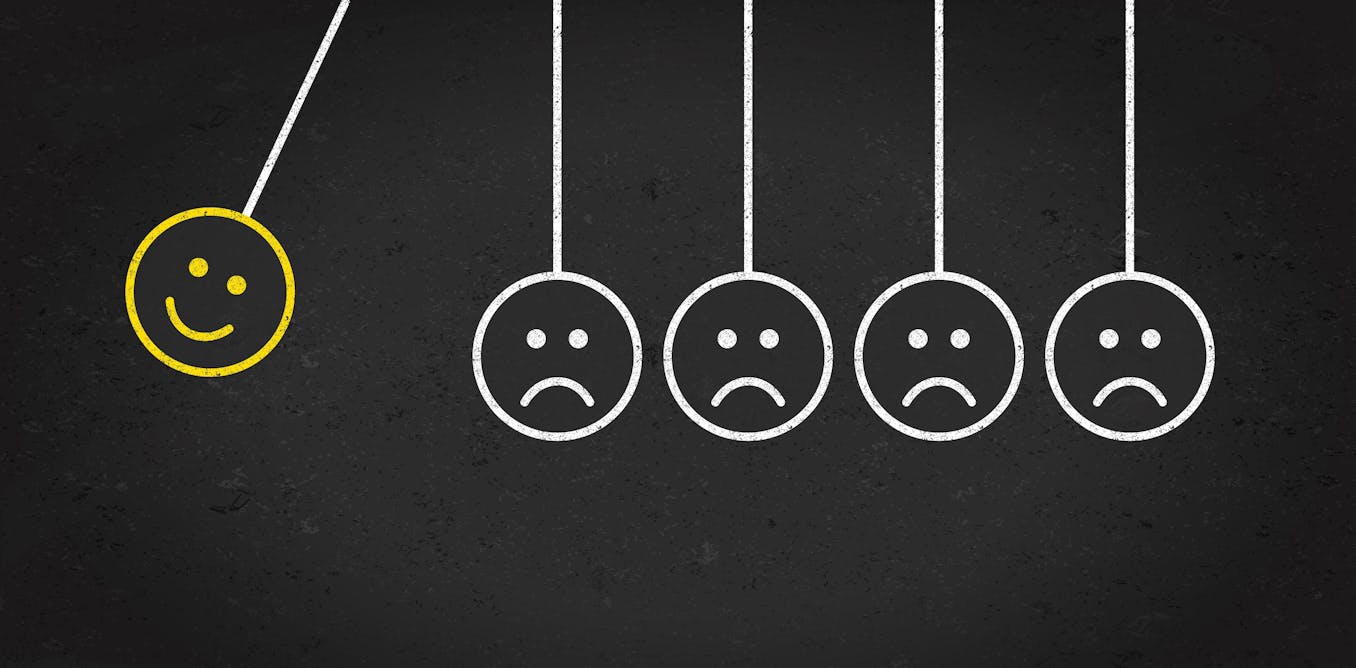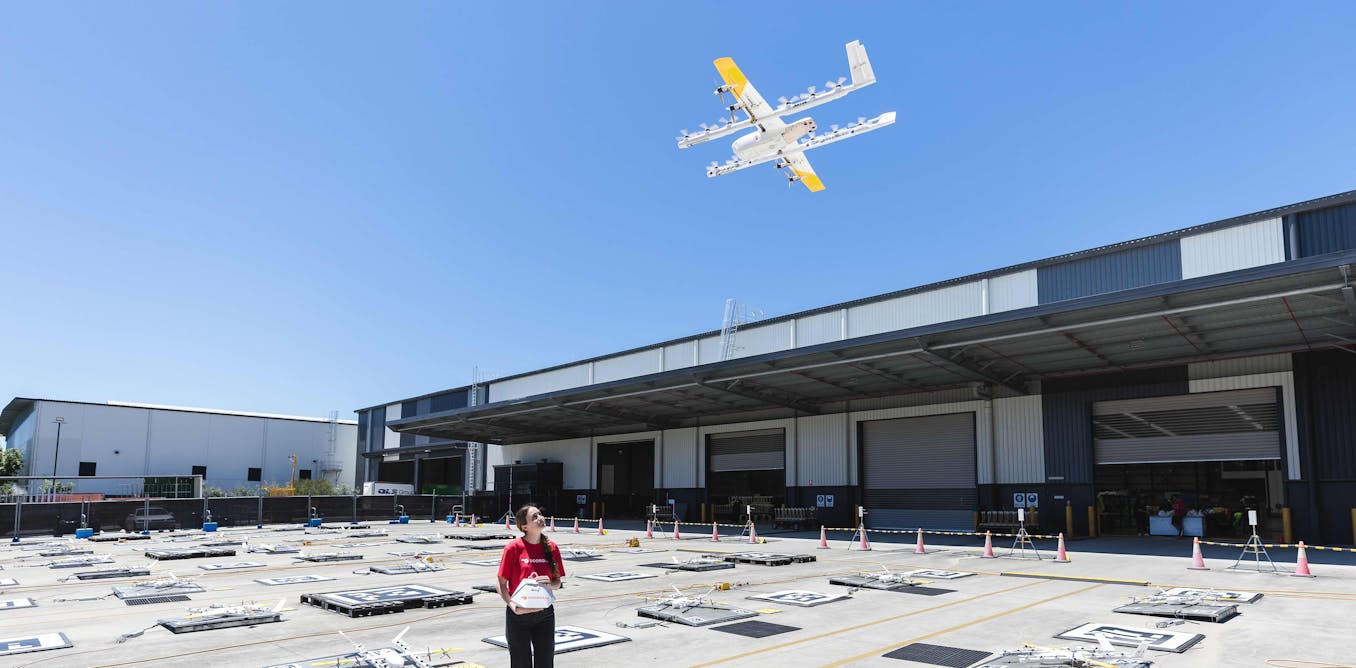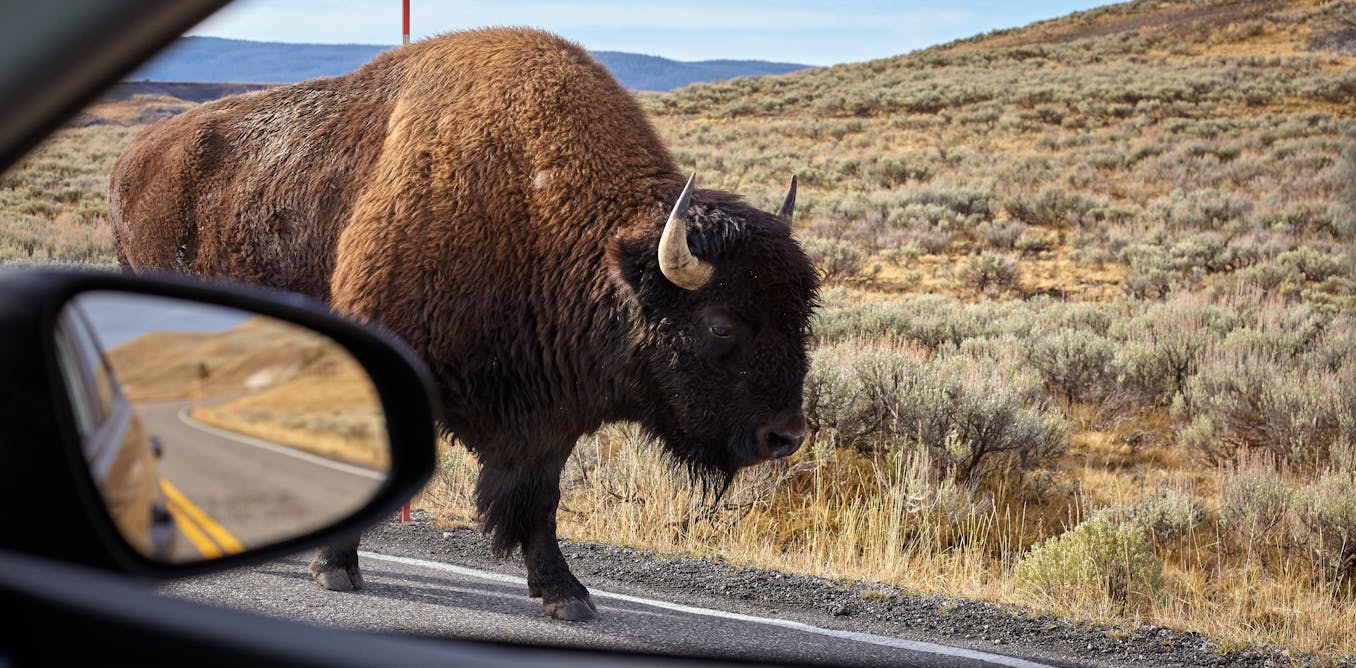The video “The Most Unusual Armies In The World” takes viewers on a fascinating journey exploring unconventional armed forces from around the globe. From the Royal Bhutan Army’s dedication to environmental protection to Costa Rica’s unique defense strategy without an army, each army showcases a different approach to national security.
One standout feature is Bhutan’s commitment to environmental conservation, with the Royal Bhutan Army actively involved in tree planting drives, wildlife conservation efforts, and combating poaching. This green mandate is deeply ingrained in the country’s ethos, with a constitutional requirement to maintain forest cover over 60% of its land area.
Costa Rica, on the other hand, stands out for abolishing its army in 1948 and relying on its police force for maintaining internal security. This minimalist approach has proven successful, with Costa Rica becoming a beacon of stability and democracy in a region often plagued by political turmoil.
Uganda’s super soldiers, composed of former rebels, present a complex facet of military strategy. Tasked with integrating former combatants into the national military framework, these forces have faced challenges amid allegations of human rights abuses and involvement in illicit activities.
The Pontifical Swiss Guard, stationed in Vatican City, combines tradition with modern security training to protect the Pope. Their unique recruitment process, rigorous training, and ceremonial duties showcase a blend of history and contemporary security measures.
Switzerland’s militia system highlights the country’s commitment to self-reliance and armed neutrality. By relying on compulsory military service of its male citizens, Switzerland fosters a sense of unity, responsibility, and patriotism while maintaining its sovereignty without a professional army.
Lastly, North Korea’s outsized yet technologically outdated army poses a unique challenge in Northeast Asia. With one of the largest standing armies in the world, the country’s reliance on outdated equipment coupled with nuclear ambitions creates a complex security dynamic in the region.
Overall, the video offers an insightful look into the diverse and unconventional armies that exist worldwide, showcasing the myriad ways nations approach national defense and security.
Watch the video by Top Discovery
When we think of armies images of Battlegrounds and weaponry spring to mind yet around the globe some forces defy conventional roles focusing on Environmental Protection ceremonial duties or even lacking a traditional military all together let’s explore these unconventional Guardians and their unique missions bhutan’s Armed Forces guardians of green
In the Serene Landscapes of bhan a country celebrated for its commitment to happiness and Environmental Conservation lies an army unlike any other introduced in 1950 the Royal Bhutan Army is a testament to the nation’s Innovative approach to National Defense and environmental stewardship this chapter delves into the green heart of bhutan’s armed forces
Exploring their remarkable role as Protectors of the nation’s natural heritage and their influence on global Military environmental initiatives nestled in the Eastern Himalayas Bhutan is a country where gross national happiness is prioritized over gross domestic product this philosophy extends to its military which Beyond its defense duties plays a pivotal role in Environmental
Conservation the Royal Bhutan Army’s involvement in environmental projects is not just an add-on to their responsibilities it is a core part of their mission they engage in tree planting drives Wildlife Conservation efforts and the maintenance of national parks in 2015 Bhutan set a Guinness World Record by planting
49,679 trees in just 1 hour so with a total of 49,000 6 a feat facilitated by the Army’s diligent participation this green mandate is driven by bhutan’s constitutional requirement to maintain Forest cover over 60% of its land area a unique legal stipulation that underscores the country’s dedication to environmentalism the Army’s
Environmental initiatives also include combating poaching and illegal logging safeguarding bhutan’s Rich biodiversity these efforts are crucial in a country where forests cover More than 70% of the landscape and are home to rare species like the Bengal tiger Asian elephant and the bhane taken bhutan’s approach to integrating Environmental Conservation with military duties is
Unparalleled but it’s not entirely without precedent globally there is a growing recognition of the role armed forces can play in addressing environmental challenges for example ex Le the Ecuadorian Army is involved in reforestation projects and the protection of national parks similarly the Philippine military has engaged in Coral Reef restoration efforts however
What sets bhutan’s Army apart is the scale of their commitment and the Constitutional backing that prioritizes Environmental Protection as a national Duty the green initiatives of bhutan’s armed forces serve as a powerful example of how military organizations can contribute posit positively to Environmental Conservation this Paradigm Shift challenges the traditional
Perception of military forces solely as agents of warfare highlighting their potential as stewards of nature it’s a model that suggests the possibility of a symbiotic relationship between National Defense and Environmental Conservation where the preservation of a country’s natural resources is seen as integral to its security and well-being in contrast
To these examples huan’s model is holistic embedding environmentalism into the very ethos of its military this approach not only contributes to the global fight against climate change but also enhances the country’s security by preserving its natural landscape which is vital for its citizens well-being and the national economy the success of
Bhutan’s armed forces in integrating environmental initiatives into their operations offers valuable lessons for other countries it demonstrates the feasibility of a dual focused military role where defending the nation includes protecting its environmental assets this Innovative model encourages a rethinking of military functions and responsibilities suggesting that armies
Can be both Warriors and Guardians of the planet Costa Rica’s unique defense strategy in the tapestry of global Military strategies Costa Rica stands out as a bold experiment in peace and security this Central American Nation took a path Less Traveled in 1948 becoming one of the few countries
Worldwide to abolish its Army this chapter explores the history behind this unprecedented decision and examines the role of Costa Rica’s police force in maintaining National Security in the absence of traditional military forces the abolition of the Costa Rican Army was a revolutionary step born out of a desire to Foster peace and redirect
National resources towards education Healthcare and Environmental Protection the pivotal moment came in the aftermath of the 1948 Civil War a brief but impactful conflict that reshaped the country’s political landscape Jose figueres fer a key figure in the conflict’s resolution and a Visionary leader spearheaded the move to disband
The military on December 1st 1948 in a symbolic gesture he hammered a wall of the military headquarters signifying the end of the Army in Costa Rica this decision was in shrined in the 1949 Constitution legally solidifying Costa Rica’s commitment to peace and demilitarization the move was both idealistic and strategic aimed at
Preventing the military from becoming a tool of political power and ensuring that resources were allocated to improving the quality of life for its citizens over the decades this decision has paid dividends with Costa Rica becoming a beacon of stability democracy and human development in a region often troubled by political turmoil and
Conflict but none so demonstrably friendly as the tikos as Costa Ricans call themselves with the Army abolished Costa Rica’s security apparatus had to evolve the country’s police force specifically the public Force for AA assumed the primary role in maintaining internal security and protecting National borders unlike traditional military forces the public Force focuses
On law enforcement border control and the preven of drug trafficking and organized crime this shift has necessitated a unique approach to training and operations emphasizing community policing conflict resolution and cooperation with international law enforcement agencies the challenges faced by Costa Rica in terms of security are not insignificant its strategic
Location on the drug trafficking route between South and North America places it at the heart of the narcotics trade the police force therefore finds itself on the front line of the war against drug cartels this role has necessitated a level of training and preparedness that Rivals that of military forces in other
Countries the public force is well equipped and trained capable of conducting complex operations against organized crime additionally Costa Rica has specialized units such as the Border Police Poli the Fronteras and the drug control police polia the control the Dr which are tailored to address specific security challenges Costa Rica’s model
Of security without an army is supported by International cooperation the country Works closely with neighbors and allies to combat transnational threats relying on diplomacy and international law enforcement collaboration this approach highlights Costa Rica’s commitment to peace and mutual respect in Regional and international relations the effectiveness of Costa Rica’s unique
Defense strategy is evident in its stability and relatively low levels of violence compared to other nations in the region the absence of a military has not made Costa Rica vulnerable rather it has fostered a culture of peace and dialogue the country’s success lies in its ability to maintain security and
Sovereignty through a well-trained police force and a strong legal framework coupled with a focus on Social Development and human rights uganda’s super soldiers a double-edged sword in the diverse lands Escape of global military forces uganda’s super soldiers occupy a unique and controversial position these forces characterized by their composition of former Rebels and
Their notorious reputation present a complex facet of military strategy in the African Continent this chapter delves into the origins and controversies surrounding uganda’s super soldiers and offers a comparative analysis with other irregular military units worldwide the concept of super soldiers in Uganda is deeply intertwined with the country’s turbulent history of civil conflict and efforts towards National reconciliation originating from the government’s
Attempts to integrate former Rebels into the National military framework these forces are primarily composed of ex-combatants from various Insurgent groups this integration was aimed at achieving peace and stability by absorbing potential adversaries into the states security apparatus however the process was fraught with challenges not least of which was the transformation of
These former Rebels into a disciplined and cohesive military force the super soldiers of Uganda are often perceived more as Bandits than as a conventional military unit owing to their irregular Origins and the remnants of their Guerilla Warfare tactics their equipment largely outdated Soviet era weaponry and their sporadic training have contributed
To this notorious reputation moreover allegations of Human Rights abuses and involvement in illicit activities have marred their image both domestically and internationally the controversy surrounding these forces is not just a matter of public perception but also reflects the broader dilemmas faced by countries attempting to transition from conflict to peace the
Integration of former Rebels into National armies is a delicate process requiring careful vetting training and oversight in in Uganda this process has been criticized for its lack of transparency and the insufficient efforts to re-educate and rehabilitate former combatants the phenomenon of integrating former Rebels or insurgents into National military or paramilitary
Forces is not unique to Uganda similar strategies have been employed in various contexts around the world each with its own set of outcomes and challenges for instance Colombia’s peace process with the Revolutionary armed forces of Colombia ifar involved the demobilization and reintegration of thousands of former guerillas into
Civilian life with some joining the ranks of special peacekeeping units like uganda’s super soldiers these units aim to leverage the former combatants knowledge and experience for national security purposes however Colombia’s approach has placed a stronger emphasis on social reintegration and the provision of alternatives to military life highlighting different PRI
Priorities in the postconflict recovery process in the Middle East Iraq’s popular mobilization forces pmf composed of various militia groups were officially integrated into the National Security Forces to combat the Islamic State while similar in the sense of incorporating irregular Fighters into a formal military structure The pmf’s Experience underscores the complexities
Of such integration in a sectarian and politically divided landscape presenting a different set of challenges from those faced by Uganda the diversity of these examples shows that while the integration of irregular units into National armies can be a pragmatic solution to postconflict challenges it is fraught with risks the success of
Such initiatives depends heavily on the context including the political will for genuine integration the availability of resources for training and Rehabilitation and the overarching goals of peace and stability gambia’s minimalist military approach in the global Panorama of military strategies The Gambia presents a case study in minimalism with an army comprising only
About 1,000 soldiers for a population surpassing 2 million this small West African nation challenges conventional Notions about the size and scope of military forces this chapter explores the gambia’s minimalist military approach situating it within a global context and examining its impact on International peacekeeping the gambia’s military both in size and budget starkly
Contrasts with the sprawling Armed Forces seen in larger Nations this minimalist approach is not merely a product of economic constraints but also reflects a strategic choice in a region often characterized by political instability and Military coups the gambia’s small army serves as a safeguard against potential internal strife emphasizing the country’s
Commitment to democracy and civil governance despite its size the gambia’s military is tasked with the same fundamental responsibilities as larger forces defending the nation’s sovereignty and contributing to internal security however the scale of operations and the Strategic Focus are necessarily different The Gambia relies more on diplomacy and Regional cooperation to
Ensure its security participating in international organizations such as the economic community of West African States ewas and the African Union Au interestingly the gambia’s military punches above its weight in one critical area International peacekeeping despite its small size the country has a commendable record of contributing troops to United Nations peacekeeping
Missions gambian soldiers have served in Conflict zones around the world from darur and Sudan to the Democratic Republic of Congo earning a reputation for professionalism and Effectiveness this active participation in International Peace keeping serves multiple purposes it enhances the gambia’s standing on the global stage showcasing the nation’s commitment to
International Peace and security moreover it provides gambian Soldiers with invaluable experience and training which is difficult to obtain within the constraints of their small domestic military structure this external engagement is crucial for the professional development of the Armed Forces ensuring that they remain capable and ready to fulfill their National
Duties the involvement of small Nations like The Gambia in international peacekeeping also highlights the importance of collective security efforts in a world where conflicts often have Regional and Global implications the contribution of every nation regardless of size is vital the gambia’s commitment to peacekeeping underscores the principle that Global Security is a
Shared responsibility and that even the smallest countries can play a significant role in promoting peace the pontifical Swiss guard tradition in in arms nestled within the heart of Vatican City the pontifical Swiss guard stands as a vibrant Testament to the fusion of tradition and duty this small yet
Illustrious core known for its striking Renaissance Era uniforms serves not just as the protector of the Pope but also as a symbol of the enduring Legacy of the Vatican this chapter delves into the historical significance and modern duties of the Swiss guard alongside an exploration of its unique Recruitment
And training process esses the origins of the pontifical Swiss guard date back to January 22nd 1506 when Pope Julius II welcomed a group of 150 Swiss mercenaries into Vatican City their primary role then as now was to provide personal security for the pope over the centuries the Swiss
Guard has been a constant presence A Silent Witness to the unfolding history of the papacy and the broader Christian World perhaps the most defining moment in the guard’s history was the sack of Rome in 1527 during which 147 guards laid down their lives to protect Pope Clement II a sacrifice that is
Commemorated annually in a solemn ceremony today the Swiss guards responsibilities extend beyond the personal security of the Pope they are tasked with guarding the entrances to Vatican City and the papal residences managing access to the Vatican and providing security and ceremonial report during papal masses and events despite the traditional appearance the Swiss
Guards are not merely ceremonial figures they are fully trained bodyguards equipped to respond to Modern security challenges in recent years the role of the Swiss guard has evolved in response to increasing threats to security worldwide they now undergo rigorous training and personal protection firearms and counterterrorism tactics however their duties also include a
Significant ceremonial component upholding centuries old traditions that add to the richness of Vatican ceremonies and attract tourists from around the globe the criteria for joining the Swiss guard are as unique as the core itself recruitment is limited to Catholic Swiss males between 19 and 30 years of age who have completed basic
Training in the Swiss Army candidates must be unmarried at least 174 cm tall and hold a professional degree or high school diploma these inent requirements ensure that the guards are not only physically capable but also share a commitment to the values of the Vatican once recruited new guards undergo a
Rigorous training program that prepares them for their dual roles this training includes physical fitness use of weapons and specialized courses in bodyguard techniques and crowd control guards are also trained in the ceremonial aspects of their duties learning the precise protocols and traditions that have been passed down through generations the
Training is designed to to ensure that each guard can seamlessly transition between their role as a protector of the Pope and a participant in the vatican’s centuries old traditions the Swiss guard’s unique combination of Traditional Values and modern security training sets it apart from other military units their distinctive
Uniforms designed in the early 16th century are instantly recognizable and symbolize the continuity of the vatican’s Traditions however beneath the colorful surface the Swiss guards are professional soldiers equipped to deal with contemporary threats embodying a balance between the past and the present Switzerland a nation of Citizen soldiers Switzerland renowned for its neutrality
And peacekeeping has cultivated a unique defense mechanism that intertwines with the very fabric of its Society the militia system this system deeply rooted in Swiss culture not only defines the country’s military strategy but also shapes its societal values and international identity this chapter explores the intricate workings of the
Swiss militia system its impact on Swiss society and how it influences Switzerland’s perception on the global stage the Swiss militia system is a Cornerstone of the country’s defense strategy relying on the compulsory military service of its male citizens unlike a professional standing army the Swiss military is composed primarily of
Civilians who undergo periodic training and remain on call for National Defense duties every able-bodied Swiss male is expected to serve starting with basic training at the age of 19 followed by annual refresher courses until they reach their mid-30s or early 40s depending on their Rank and role this system is underpinned by the
Belief that the responsibility for the country’s defense rests not on a professional Army but on its citizens women while not subject to compulsory service can volunteer for any position and their participation has been steadily increasing the militia ethos extends beyond the military influencing various sectors of Swiss life including
Civil protection and disaster relief where citizens are trained to support their communities in times of need the militia system is more than a military obligation it is a right of passage for Swiss men fostering a sense of unity responsibility and patriotism it blurs the lines between civilian life and military service embedding defense
Awareness into the societal Consciousness the system also inss a range of skills and values from leadership and teamwork to physical fitness and discipline which are applicable in both military and civilian spheres moreover the militia system reinforces Switzerland’s policy of neutrality by ensuring that its defense is in the hands of its citizens
Switzerland underlines its commitment to self-reliance and deterrence without aggression this approach has contributed to the country’s stability and security making it a Haven of Peace in a tumultuous world the the system’s influence extends into the workplace and the economy employers are supportive of their employees military obligations viewing the skills and attributes
Developed during Service as beneficial to their organizations this symbiotic relationship between military service and civilian life is a testament to the system’s deep integration into Swiss culture on the international stage Switzerland’s militia system and its policy of armed neutrality are viewed with a mixture of admiration and curi
Osity the country’s ability to maintain its sovereignty and security without a professional Army is unique especially in an era dominated by complex security challenges Switzerland’s commitment to peace is further exemplified by its role as a host to International negotiations and as a mediator in global conflicts leveraging its neutral status to
Facilitate dialogue The Swiss militia system also underscores the country’s dedication to democracy the principle that every Citizen Soldier has a stake in the nation’s defense is a powerful manifestation of democratic values emphasizing Collective responsibility and civic duty this model has prompted discussions in other countries about the merits of citizen-based Defense Forces
Versus professional armies particularly in terms of fostering National unity and engagement in public affairs North Korea’s outsized and outdated Army North Korea’s military apparatus with its massive scale yet technologically outdated equipment presents a unique study in contrasts and contradictions the country boasts one of the largest standing armies in the world underpinned
By a doctrine of self-reliance yet it grapples with technological obsolescence this juxa position has profound implications for regional security Dynamics in Northeast Asia this chapter explores the scale versus technology Paradigm of North Korea’s armed forces and its repercussions on Regional stability and peace North Korea’s military estimated to consist of about 6
Million Personnel when including active reserve and paramilitary forces is immense by any standard this vast force is a critical pillar of the regime’s survival strategy designed to deter external aggression and maintain internal control the sheer size of the army alongside compulsory conscription ensures that a significant portion of
The North Korean population is involved in the military at some point in their lives fostering a militarized society however the scale of North Korea’s military is not matched by technological sophistication much of its equipment ranging from tanks and aircraft to Naval vessels dates back to Soviet designs of
The mid 20th century while there have been attempts to modernize and develop indigenous capabilities particularly in nuclear weapons and ballistic missiles the conventional Arsenal remains largely outdated this technological Gap is exacerbated by International sanctions and the country country’s economic isolation which hinder the acquisition of modern military technology the
Juxtoposition of North Korea’s outsized yet outdated Army has multifaceted implications for regional Security on one hand the sheer size of the military coupled with the regime’s nuclear Ambitions poses a significant deterrent effect the threat of conventional Force saturation alongside the potential use of nuclear weapons complicates military
Planning for both South Korea and its allies chiefly the United States on the other hand the technological Gap limits North Korea’s ability to project power beyond its immediate borders while its large army and artillery capabilities pose a substantial threat to South Korea particularly Soul the effectiveness of its conventional forces in a prolonged
Conflict against technologically Superior adversaries is questionable this disparity has led to a precarious balance on the Korean peninsula where the threat of overwhelming artillery and missile attacks sered serves as a deterrent despite the qualitative shortcomings of North Korea’s military
Video “The Most Unusual Armies In The World” was uploaded on 03/03/2024 to Youtube Channel Top Discovery





































